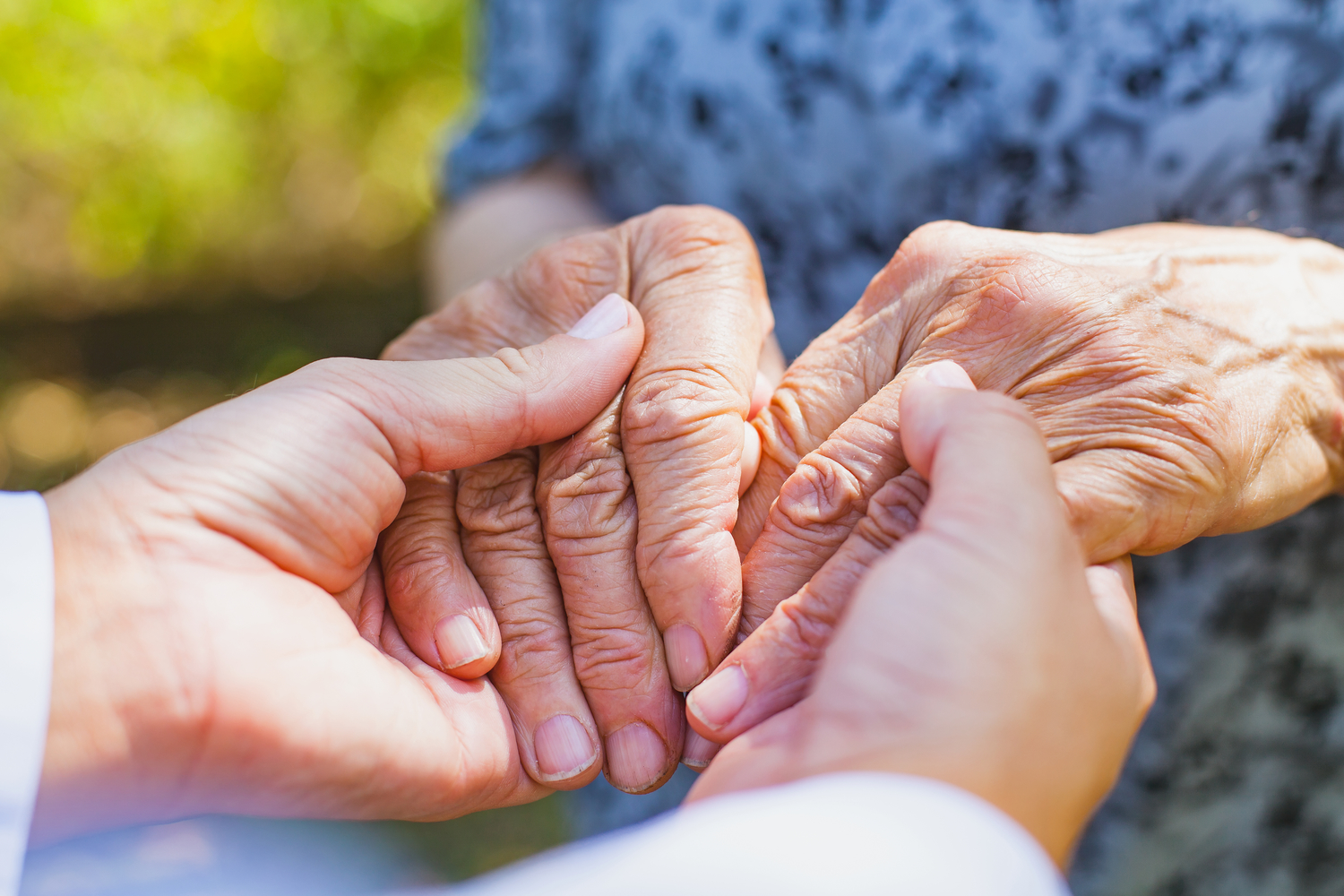Types Of Dyskinesia
Types of dyskinesia
Dyskinesia is not associated with Parkinson’s or levodopa alone. There are other types of involuntary movement disorders grouped as Dyskinesia based on what causes it.
- Tremors
Tremors can happen in one or both limbs or when one is moving or resting. It is even common for people diagnosed with multiple sclerosis and heart diseases. Additionally, those who have tumors and have been taking drugs or alcohol for a long time can feel these tremors.

It is caused when a person’s muscle contracts uncontrollably, resulting in repeated twisting movements. It could cause involuntary blinking and pulling movements in their neck. They could also feel cramps in their feet and face difficulties while speaking.
You may have noticed people who constantly jerk and have uncontrollable movements in their face, tongue, neck, hands, and legs. Anyone who takes antipsychotic drugs for a long time or is affected by other mental illness, schizophrenia, or diabetes is at risk.
These are involuntary movements that are continuous and last for a few seconds in the limbs, head, or face. It looks as if the jerk moves from one part of the body to another. Chorea can be a result of medication used to treat Parkinson’s, epilepsy, and mental illness. Chorea can also be a side effect of illnesses like meningitis, rheumatic fever, Lyme disease, HIV and AIDS, encephalitis, and cerebral palsy
This type of dyskinesia is characterized by repetitive muscle spasms and jerks which are severe. These movements can be caused by neurological disorders. It can happen when a person is resting, especially if they have the same posture for some time.
The muscles of the neck contract without any control and the affected person’s head and neck begin to turn into its own accord. It worsens when a person stands or walks. This could be caused by neurological disorders.
This is a type of dyskinesia where the hands, legs, and shoulders start frequently moving wildly and violently. Sometimes, due to the violent movements, the affected person can be prone to injuries in the shoulders and hips. Any previous brain injury, a stroke, or asphyxia can cause Ballism.
This type of dyskinesia is similar to chorea, except that the involuntary movements are slower compared to chorea. In athetosis, the movements happen in the same part of the body. It occurs when the body is at rest and can worsen when the person tries to move or stand. It is most likely to affect the hands and legs, but there have been cases when the face and neck are affected too.
These are repetitive muscle twitches. It is one of the very few types of dyskinesia that can be controlled or even reduced. The symptoms can be mild or severe and can happen in the same spot with a complex set of symptoms. This can be associated with Tourette’s syndrome or can be a side effect of medication.
One has to reach out to the doctor if they notice involuntary movements. Since there are many types of movement disorders, self-medication or avoiding a visit to the doctor can cause you harm. Dyskinesia invariably affects the person’s ability to be independent, thereby impacting their day to day life.